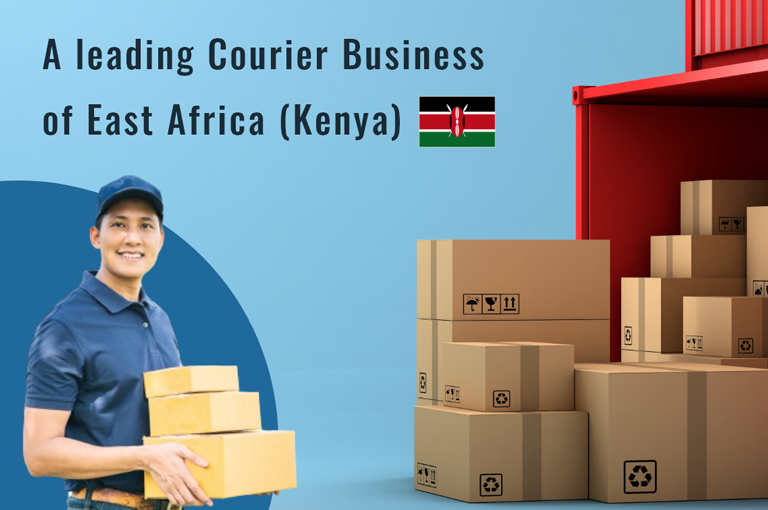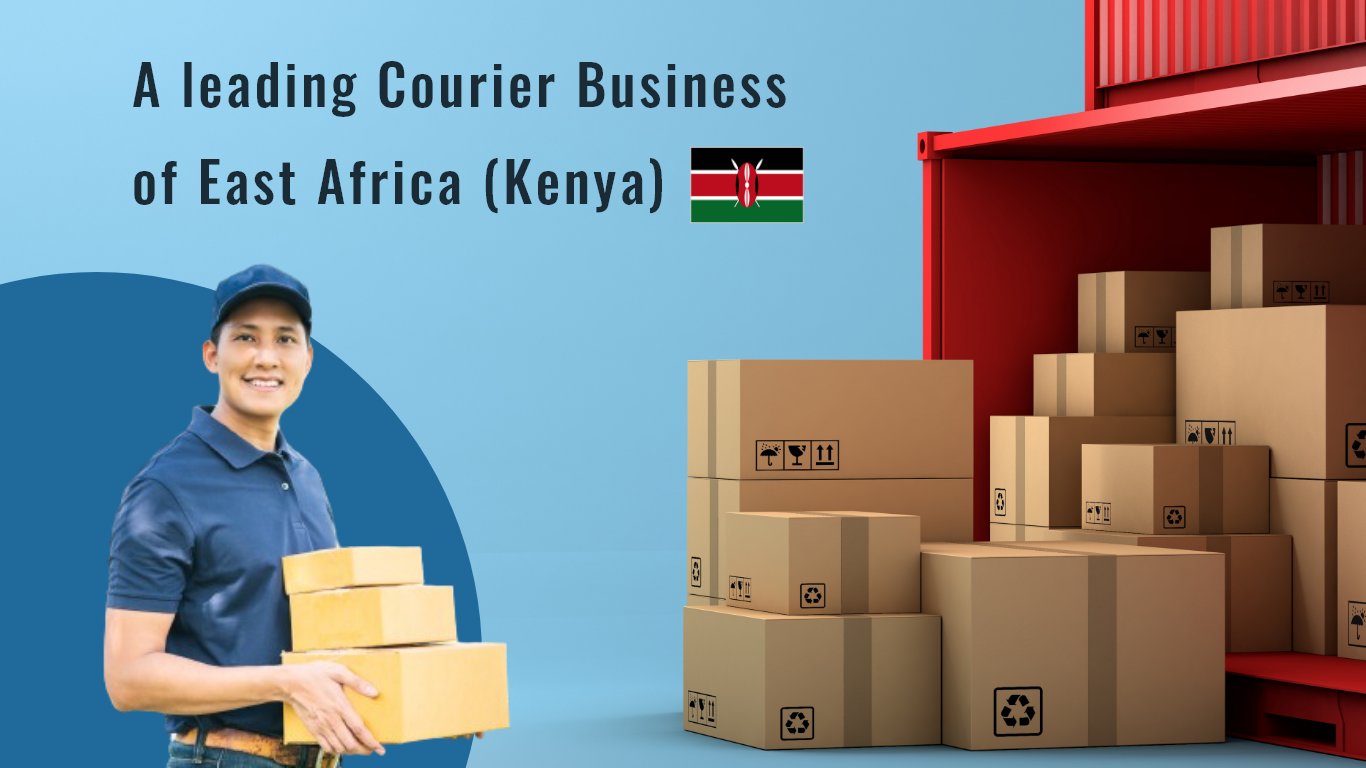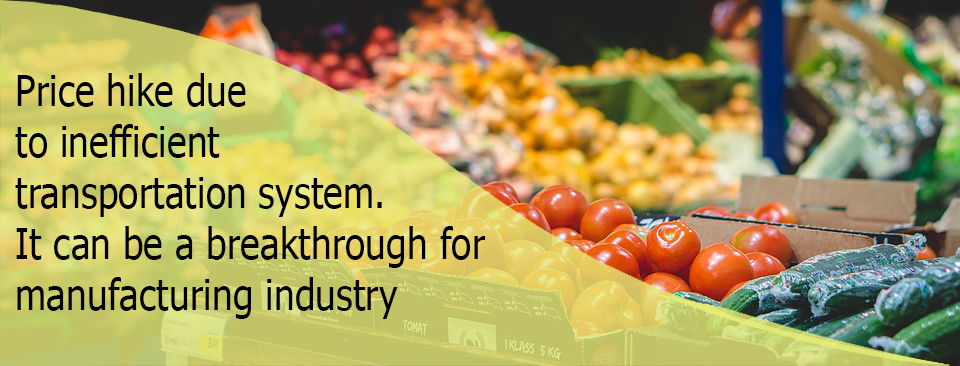SOUTH ASIA SAARC COUNTRIES

India’s consolidated trade with the seven SAARC countries and Myanmar climbed to 3.56 percent of total trade. The share of the neighborhood in total exports increased from 5.72 percent in FY14 to 7.75 percent in FY18, with Bangladesh and Nepal pulling up the averages. South Asia Logistics is to expand with impressive growth rate in coming years.
1. Myanmar heading for Stable development :
The Myanmar freight and logistics market is estimated to be valued at more than USD 4 billion and is anticipated to grow at a CAGR of more than 7.5% during the forecast period.
South Asia Logistics transformation driven by the increasing trade activity, improving connectivity, and entry of major international players.
Lack of proper transport infrastructure has hindered the growth of the logistics sector in the country for many years. However, the ongoing developments in the country present a lot of opportunities for the logistics players.
The strategic geographical location of the country is an important factor in attracting investments. The location of the country has a special significance in the Asia-Pacific region, connecting the two major economies of China and India. The country acts like a continental bridge connecting the regions of South Asia, East Asia, and Southeast Asia.
Most of the logistics players in the country, more than three-fourths of them are involved in provision of common services, such as unloading, loading, customs clearance, and forwarding services, while the remaining companies provide value-added services, such as labeling, shipment tracking, and cold storage. As the demand for these services is growing, more number of companies are adding these kind of services to their existing business portfolio.
2. Nepal trade rise :
Nepal is striving for good infrastructure, manufacturing industries are the potential agents of change and socio-economic growth but firstly, issues related to logistics and organised transportation routes need to be addressed.
India also made progress in improving trade logistics, invested heavily in cross-country electricity infrastructure that helped mitigate the power shortage in Nepal, lined up investments in oil pipeline, and rail connectivity.
Logistics service in Nepal has its bearing with the operation of gateway port of Kolkata and Haldia. There is need of harmonization of customs and port processes both in the port and dry port so that document and processes are made simple and effective to support just in time delivery of goods and reduce transaction costs. Electronic Data Interchange (EDI) would be the means of moving to faster clearances of goods and decrease the waiting time in customs and port.
3. Bangladesh thriving to be on top :
India-Bangladesh relations are seeing a relentless improvement since 2010. The momentum picked up quality in the course of the most recent four years, with India venturing up its financial assistance program.
Bangladeshi export related logistics, especially that of food and textile, operate at an advanced state in comparison with the rest of the country’s logistics sector. The development of export related logistics is stimulated by foreign freight forwarders and third party logistics (3PL), i.e. foreign parties that offer logistics services, integrating, among others, warehousing, transportation and other logistic services.
A substantial part of the development happened when Indian exports grew, riding essentially on demand for vehicles, oil, cereals and cotton.
Bangladesh showed the biggest improvement in infrastructure, having manufacturing ambitions beyond the apparel sector. Bangladesh is the world’s second largest exporter of ready-made garments. Bangladesh’s textile exports to India doubled, paving the way for a 30 per cent jump in total exports. The country wants to grow its pharmaceutical, steel, shipbuilding and food processing industries.
4. LogixERP A fully capable cloud logistics software to manage your exports logistics :
LogixGRID’s software technology is helping the logistics operators in managing the exports and other document related operations. LogixERP is implemented in more than 10 + countries and is one of the most trusted Logistics Management Software in India. LogixERP is capable of handling cross border logistics which includes 3pl integrations, duty & taxes, custom clearance, freight forwarding, accounts & billing as per respective country, supports multiple currency and language and much more.






